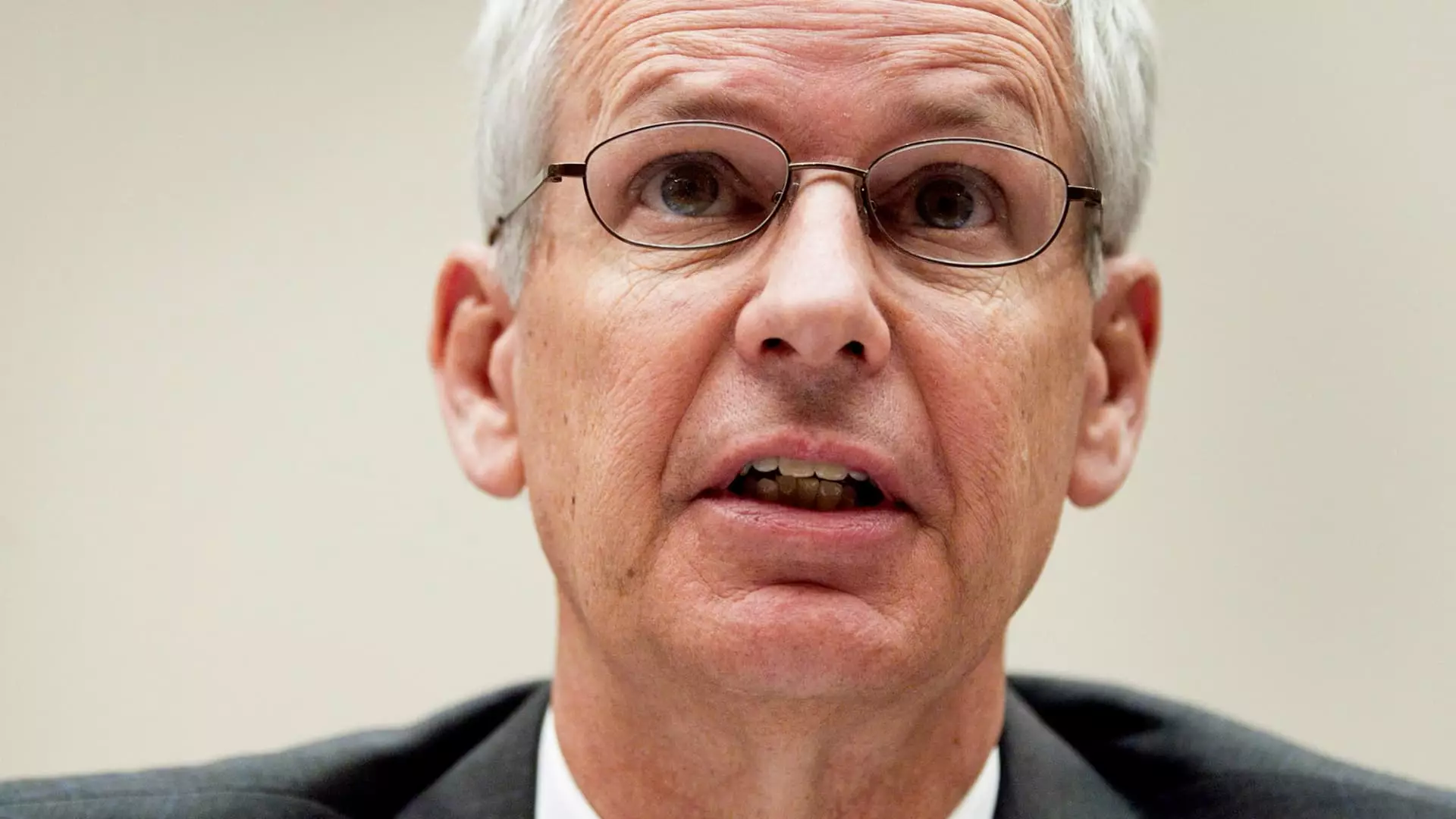In the ever-evolving landscape of technology and entertainment, companies must adapt or face inevitable decline. Dish Network’s attempts to reshape its business model echo the chaotic narrative structure of the famed sitcom “Seinfeld.” Much like the show’s infamous finale, which left fans feeling unsatisfied, Dish’s journey culminated in a series of misguided strategies that ultimately led to its disappointing conclusion. The cofounder of Dish, Charlie Ergen, had once expressed hope that their business strategy would coalesce in a remarkable fashion. Unfortunately, it seems the lack of direction and focus contributed to its downfall, paralleling the lack of resolution in “Seinfeld’s” last episode.
As the media consumption landscape shifts towards streaming platforms and broadband services, traditional pay-TV providers have struggled to maintain their relevance. Dish and its parent company, EchoStar, recently made headlines with a jaw-dropping move to sell the beleaguered pay-TV service to DirecTV for a mere $1, along with a staggering $9.75 billion in debt. This decision crystallizes the reality that the juggernauts of yesterday are crumbling under the weight of modern consumer habits. The announcement of this sale, rather than being a strategic pivot, sounded alarm bells across the industry, sending EchoStar’s shares plummeting by over 11%.
In a CNBC interview, CEO Hamid Akhavan pointed out that the “content-distribution industry has been on the decline.” The reality of declining video subscribers is difficult to dismiss. Collectively, Dish and DirecTV have lost an appalling 63% of their customer base since 2016. This stark statistic underscores the urgency for these companies to pivot and innovate, yet traditional paradigms of service delivery have been slow to change.
Dish’s foray into the wireless sector has been marred with challenges. The company’s ambition to transform into a nationwide wireless carrier was accompanied by attempts to acquire crucial spectrum for service expansion. However, despite buying Boost Mobile for $1.4 billion as part of T-Mobile’s divestiture, Dish has struggled to attract the necessary investment to turn its vision into a competitive reality. The absence of a solidified partnership hampered their ability to sustain operations while developing a nationwide network capable of competing against established giants like AT&T, Verizon, and T-Mobile.
Akhavan acknowledged the management distractions arising from Dish’s dual focus on both pay-TV and wireless services. This misalignment of priorities ultimately hindered their capacity to capitalize on opportunities in either domain, thereby exacerbating their financial struggles. EchoStar’s recent integration back with Dish, after their split in 2008, was prompted by the urgent need to alleviate the financial burden that Dish had become, especially with a looming $2 billion debt payment due in November 2023.
The trajectory of Dish Network begs the question: What went wrong? The inability to respond swiftly to consumer trends and a reliance on outdated business models indicate a significant communication dissonance between the leadership and the market needs. When Dish attempted to position itself as both a pay-TV provider and a wireless carrier, it weakened its brand identity and split its resources.
Historically, Dish’s management showcased a vision akin to an outstretched hand—each finger symbolizing potential pathways forward. Yet, as the years progressed, these pathways became muddled, leading to confusion and, ultimately, stagnation. Financial indicators paint a grim picture; where DirecTV once held a market capitalization of $40 billion in 2014, Dish’s value has dissipated to a fraction of that amount as competition intensified.
As the curtain falls on Dish Network’s ambitious strategies, the question remains—what lessons can be learned? The glaring parallels with “Seinfeld’s” infamous finale serve as a reminder that not all journeys conclude with applause. For a company that once reigned in the pay-TV domain, the failure to adapt and innovate emerged as the ultimate downfall. With the ever-dominant rise of streaming services and changing consumer preferences, the fate of traditional television providers like Dish serves as a cautionary tale—highlighting the necessity for flexibility, foresight, and a willingness to embrace change. In an age characterized by rapid transformation, remaining stagnant is not just unwise—it is a death knell.

Leave a Reply